Examining the Alcohol Content in Whisky
let’s begin
Perhaps one of our finest laws is that whisky must have a minimum alcohol content of 40% ABV (alcohol by volume).
To give a gauge on how much this is, back in the old days when whisky was mixed with gunpowder and ignited to prove its ‘proof’, a fiery explosion would occur at around 57% ABV. So standard whisky’s potential is just short of dynamite.
Is 40 the magic number?
As with all whisky drinking matters, preference is a matter of the heart, nose and tongue. Although some whiskies bottled at higher than 40% are considered more precious, many drinkers favour the lower alcohol percentage for its more accessible palate. You’re also likely to pay more tax on whisky stronger than 40% ABV, which is worth noting before going completely wild. Either way, you can never be sold short with something that dips below 40%, as that technically is not whisky.
In actual fact, after a whisky has been aged and distilled, its ABV is usually much higher than 40 or 43%, meaning that most bottles on shop shelves have been watered down slightly. Arguably selling at cask strength (usually about 63-64% ABV for malt whisky and 68% for grain) gives more licence to the drinker to dilute their own whisky, but in-house distillation should also capture the whisky’s optimum flavour profile. For aspiring mixologists, cask strength whiskies include Aberlour’s 69.1%, Bruichladdich’s undiluted 70-72% and Port Charlotte’s bottling around the same ABV mark.
Things to consider...
When diluting a whisky, a distillery has to take into consideration the ‘angel’s share’ of alcohol which has been lost to evaporation during the ageing process. This is usually between 0.5 and 1% every year.
Dull but true; measuring the ABV of a whisky is also a practical issue to help the producers. Back in 1970 Scottish malt whisky would still tend towards 63%, whilst Irish whiskey was around the 71% mark. By making a uniform standard, casks are easier to pass around between different blenders.
Not to mention that if you dilute a whisky, you get more from one cask. During WWI the maximum bottling strength was temporarily brought down to 37.2%.
Single malt whisky bottling can have various ABVs, as they will often include various whiskies from the same distillery. Each cask in each distillery has its own microclimate, so getting an across the board ABV into one bottle is easier said than done.
Impact on flavour...
At higher proofs, more alcohol solubles are detectable. These include the bitter and spicy coumarins, aromatic aldehydes such as notes of almond and vanilla, and smoky terpenols such as lapsang souchong, pine and resin. Flowery acetals and fruits are also more evident.
Lower proofs showcase water solubles such as sugars. Having said that, higher proof alcohol can increase the amount of sugar in the spirit by breaking down elements such as hemicellulose.
It’s also worth considering when the dilution is made. Prior to cask filling, dilution is likely to produce a sweeter, smouldering, clean-cut oaky spirit with a bitter twist. Dilution before bottling is likely to reduce some of the sugar flavours, and diluting in the glass can even produce soapy off-notes. Hence why Scotch on the rocks is generally deemed a terrible idea.
Whatever the ABV, you won’t be duped with anything less than 40% ABV. That would be illegal.



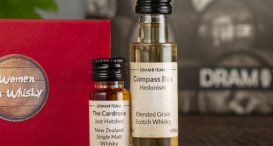
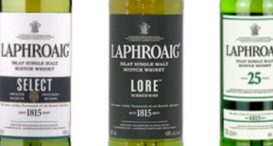

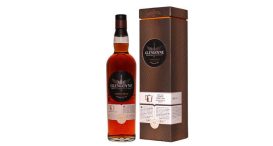

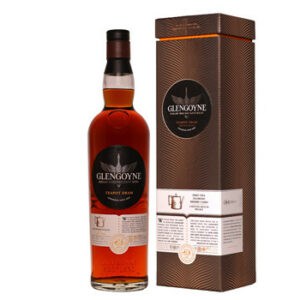
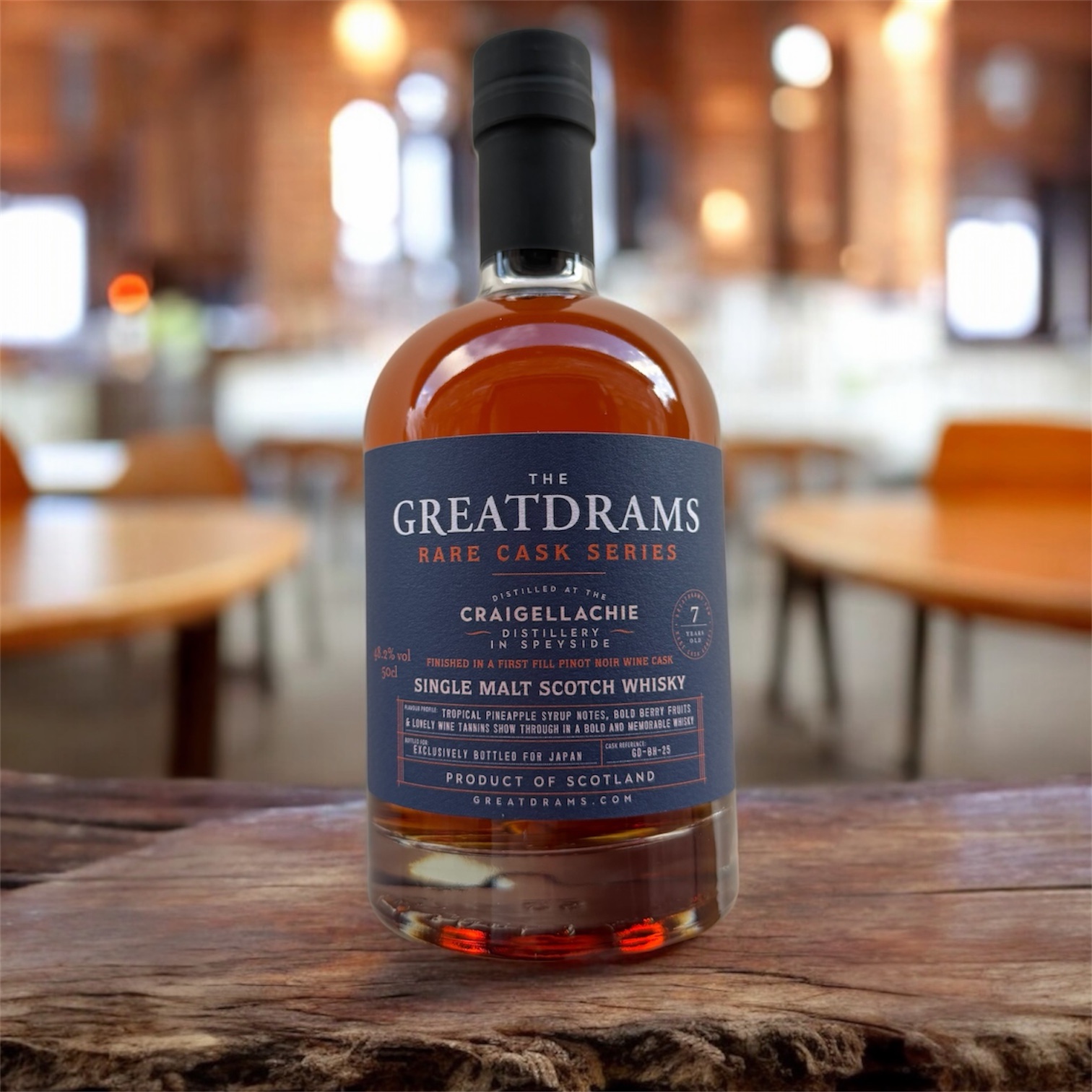
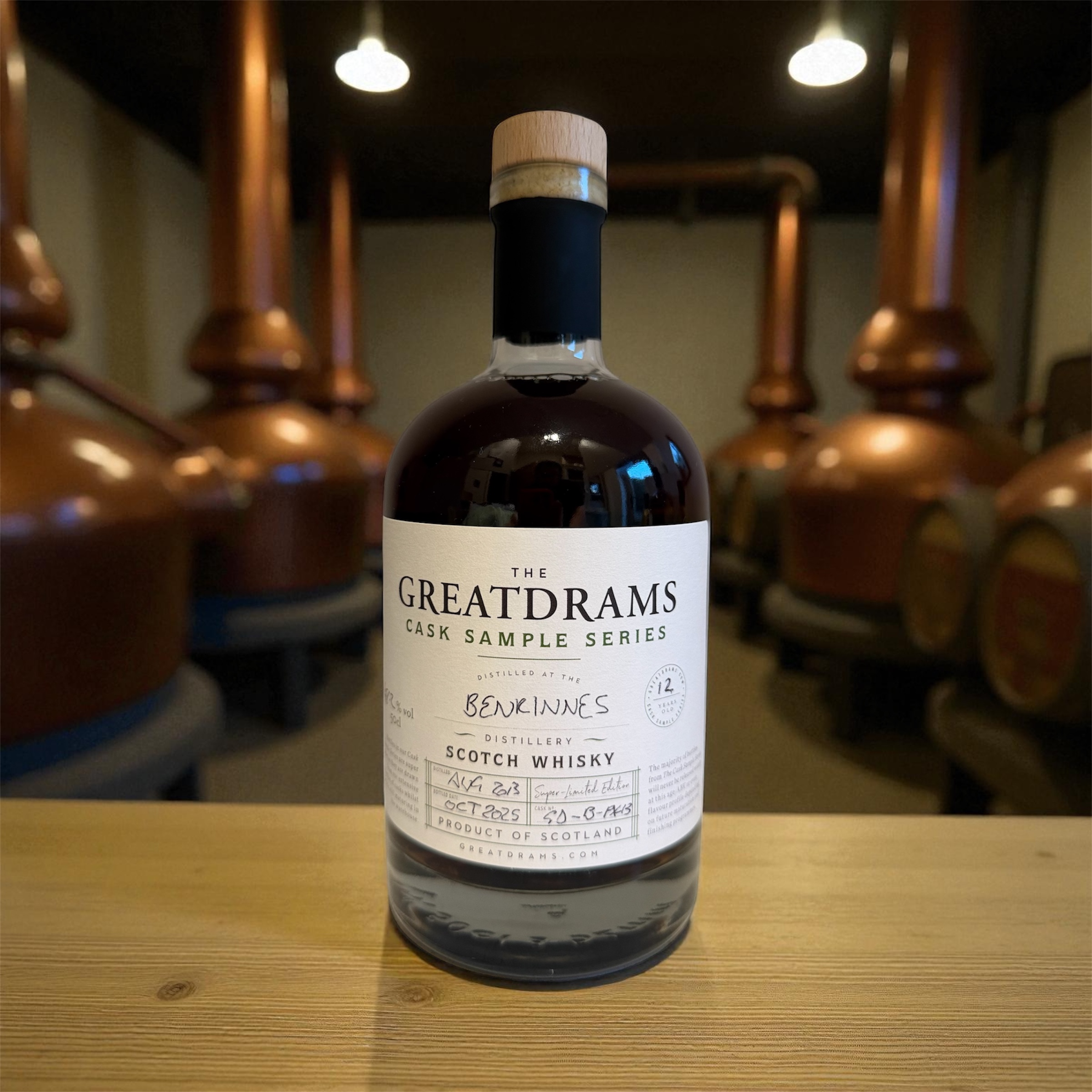
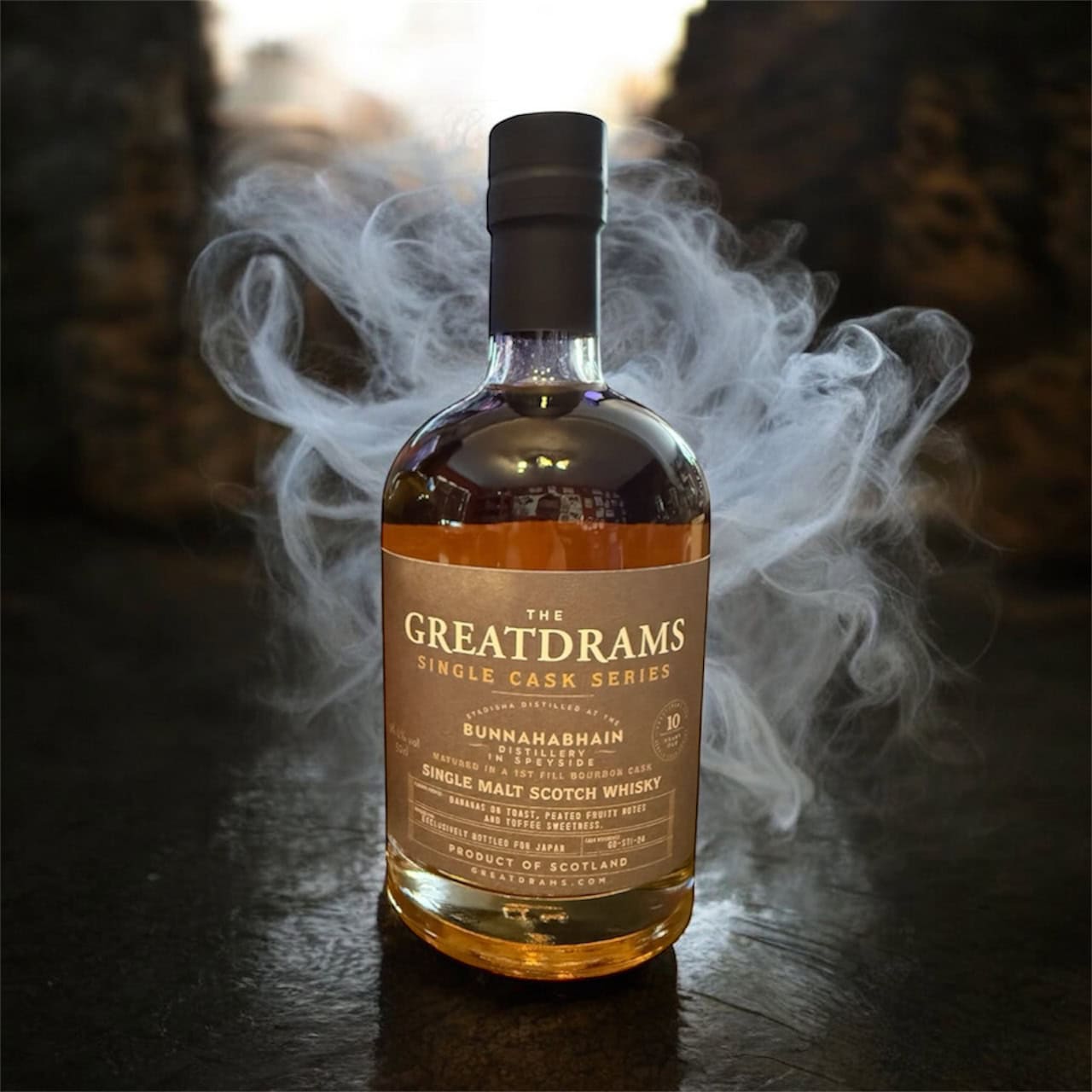

1 thought on “Examining the Alcohol Content in Whisky”